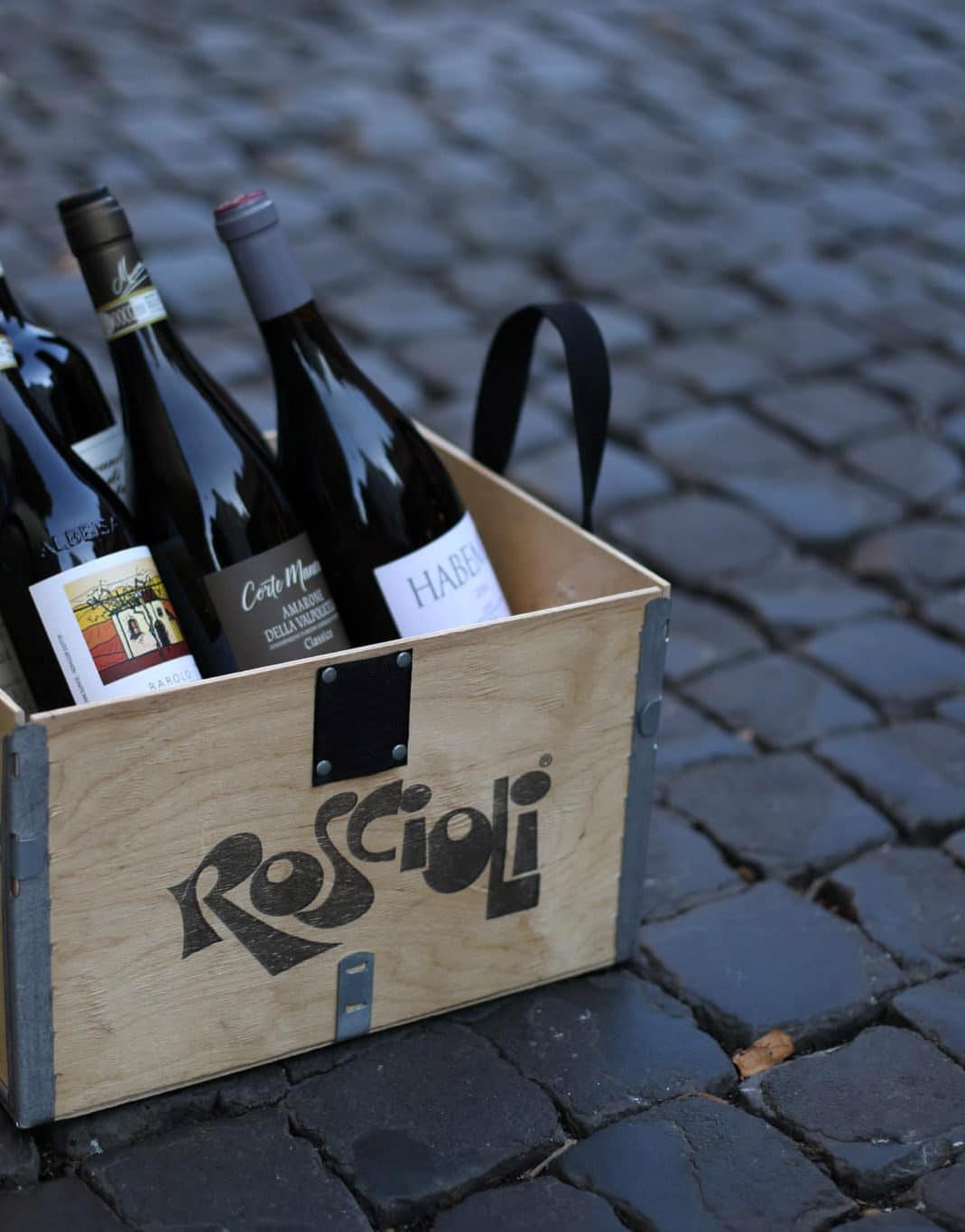Sammarco 2014, Castello dei Rampolla
Tip: You can enable subtitles using the CC icon along bottom of the video player.
Grape
Cabernet Sauvignon, Merlot, Sangiovese
Region
Panzano in Chianti, Tuscany
Drinking Window
Ready
Pairings
Tuscan crostini, mixed legumes soup, grilled lamb, artisanal charcuterie
Winemaker Notes
After harvesting by hand, the grapes are pressed and fermentation is triggered, induced only by indigenous yeasts present on the skins in traditional concrete vats. The wine refines 18 months in barrique and 30 in bottle. It is not subjected to filtrations.
The Story
The land on which the Castello dei Rampolla farm stands has been owned by the family since 1739. Much history has passed on these lands but that of the winery begins in the mid-60s with the dream of a man, Alceo di Napoli Rampolla , saw in these lands the right potential to make wine.
In 1975 the first bottles of Chianti Classico are produced. Those were times when Chianti Classico was struggling to establish itself and earn the respect it deserved. Alceo then had an intuition and decided, with the help of a great winemaker Giacomo Tachis, to be the first in the area to plant Cabernet Sauvignon and combine it with Sangiovese. This was the first of the revolutions of the Rampolla Castle, only a few years after the birth of the farms.
Paying attention to the soil means understanding its needs. It is necessary to help it to be self-sufficient, creating the conditions to obtain the nourishment it needs directly from the numerous plant and animal organisms it hosts. Since the early 2000s the winery has observed the dictates of organic farming. The only treatments used are based on copper, sulfur and propolis. All the operations in the cellar are aimed at preserving the original quality of the grapes.
The harvest takes place manually and then the grapes are then placed in concrete tanks to begin a maceration process that generally lasts 25-30 days, of which 7-8 of alcoholic fermentation. The racking of the wine takes place with soft pressing and the use of a peristaltic pump.
Finally, the wine is aged in cask from twelve to eighteen months, depending on the peculiarities of the vintage. Each phase of the work, both in the vineyard and in the cellar, follows the lunar calendar.
 SEI IN ITALIA? CLICCA QUI
SEI IN ITALIA? CLICCA QUI 
